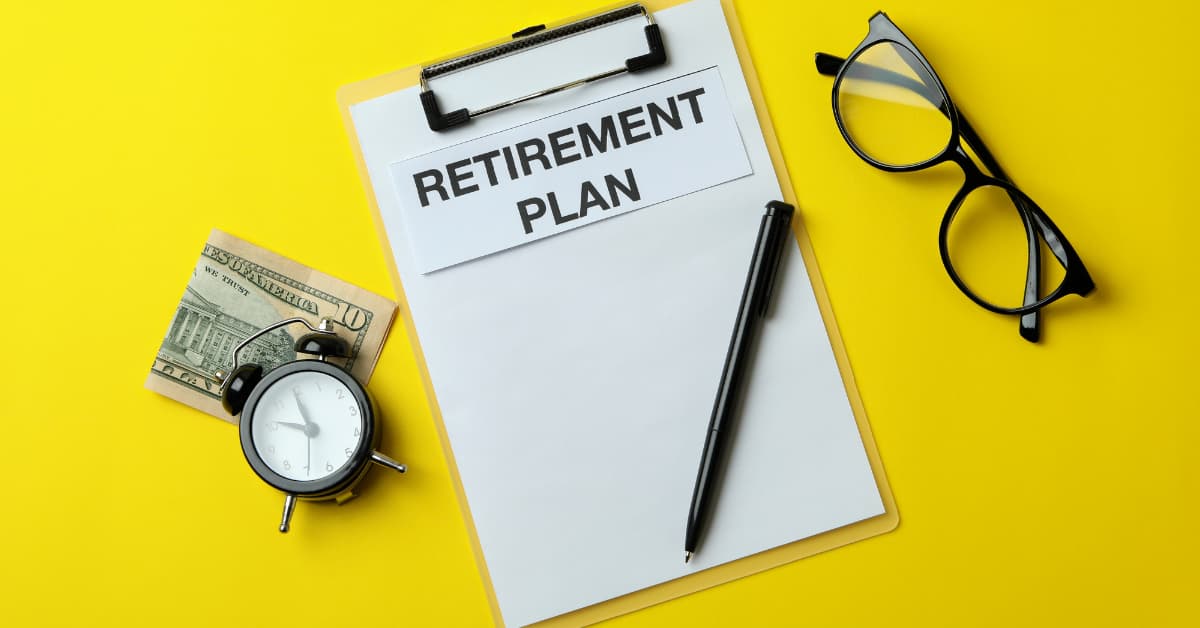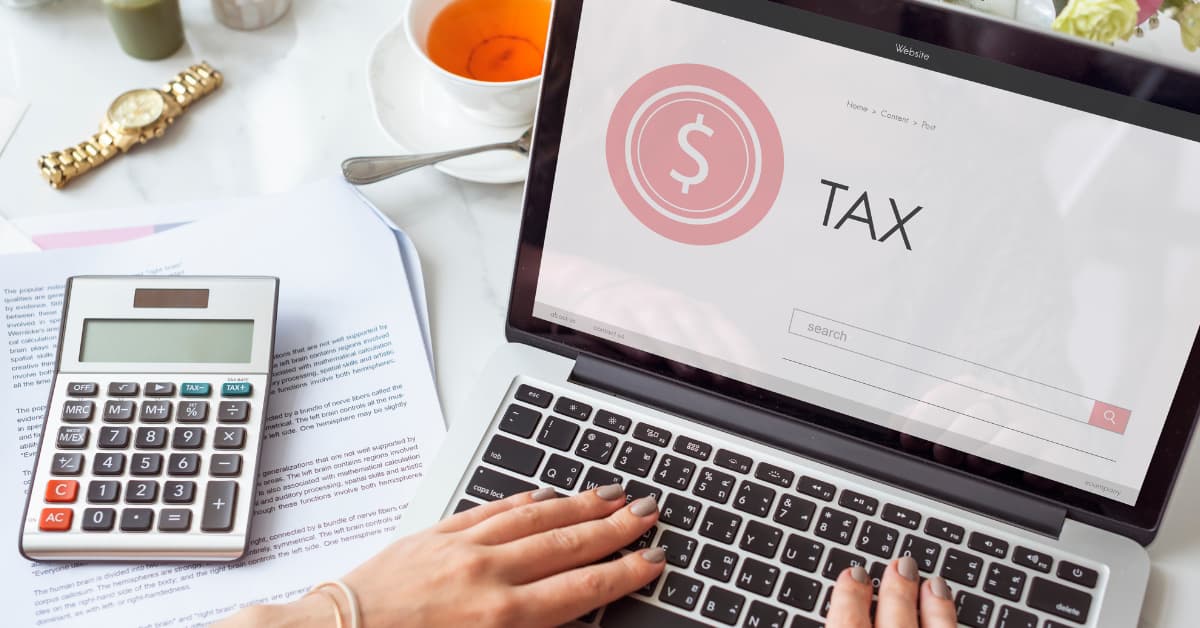Being self-employed can provide you the flexibility and freedom to do what you love, build your business the way you see fit and work as your own boss. But working for yourself can also mean less structure as compared to a large company with an HR department to do the retirement planning and contributing for you.
Instead, you need to find the self-discipline to create and contribute to a pension plan on your own, because your retirement is just as important as everyone else’s. Our goal is to help you understand how do pensions work if you are self-employed and what you need to know about creating and contributing to a pension plan as a self-employed worker.
Pension Plan for Self-Employed Individuals
If you are a self-employed individual working alone or with a small group of employees, the most common type of pension plan you’ll be using is a Simplified Employee Pension or SEP, or SEP IRA.
This type of pension plan allows employers to set aside money for retirement for both themselves and their employees.
How Does Self-Employed Pension Work?
A SEP can be used for employers and employees of any size business. It does not include the start-up or operating costs of other types of retirement plans, such as 401(k)s.
With a SEP IRA, you can contribute up to 25 percent of an employee’s compensation or $56,000 per year (as of the 2019 tax year).1 However, you must contribute an equal percentage of salary to all employees, including yourself.2 Just like other pension plans at larger companies, employees do not contribute to the SEP, only the employer is permitted to contribute.
Why a SEP IRA May Be Beneficial For Self-Employed Individuals
With a SEP IRA, the amount contributed each year can fluctuate. And with many small business owners or freelancers, it’s likely your profits and cash flow will vary greatly year after year.
If you’re having an exceptionally good year, you can choose to contribute up to the maximum amount (25 percent or $56,000) of your earnings to your pension plan. And if business is down the following year, you can reduce the amount you choose to contribute.
Because there are no start-up or operating costs to begin utilizing a SEP IRA, this can make it an appealing option for self-employed individuals who may not have the resources of a larger business to put toward developing other traditional types of retirement plans.
Considerations About Using a SEP IRA
One big consideration to keep in mind when using a SEP IRA as your business’s pension plan is that you must contribute an equal percentage of salary for each employee.
That means that if you want to contribute the maximum for yourself (25 percent), then you would have to contribute that same amount to your employees. Additionally, catch up contributions can not be made to a SEP plan. However, if your plan allows for IRA contributions as a part of the SEP IRA, then you or your employees may be able to contribute catch-up IRA contributions.3
If you have employees working for you, they can become eligible to participate in your SEP if:
- They are over 21
- They’ve worked for you in at least three of the last five years
- They’ve earned $600 or more from you in the last year4
If you’re doing what you love as a self-employed business owner or freelancer, it can be hard to imagine the day you stop working. But just like those who are working for larger businesses and corporations, your financial future deserves care and consideration.
While it may take some self-discipline to set aside a portion of your earnings each year, establishing a pension plan can be a helpful tool in finding financial independence in retirement.
Sources used:
- https://www.irs.gov/retirement-plans/plan-participant-employee/sep-contribution-limits-including-grandfathered-sarseps
- https://www.irs.gov/retirement-plans/choosing-a-retirement-plan-sep
- https://www.irs.gov/retirement-plans/retirement-plans-faqs-regarding-seps-contributions
- https://www.irs.gov/retirement-plans/plan-participant-employee/who-can-participate-in-a-sep-or-sarsep-plan










